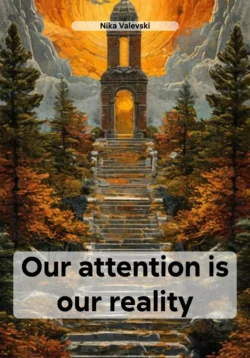Our attention is our reality

Nika Valevski
Тип: электронная книга
Жанр: Саморазвитие и советы
Язык: на русском языке
Стоимость: 990.00 ₽
Статус: В продаже
Издательство: Автор
Дата публикации: 10.10.2024
Отзывы: Пока нет Добавить отзыв
О книге: A step-by-step approach to experiencing the fundamental unity and power of our Attention. We offer 50 exercises for research and experiential problem-solving. Designed to work independently or in pairs, You will find that "our ATTENTION is our reality" is filled to overflowing with useful exercises based on your own experiences and techniques for altering attention in situations where patterns of perception have held humanity in fetters for too long.